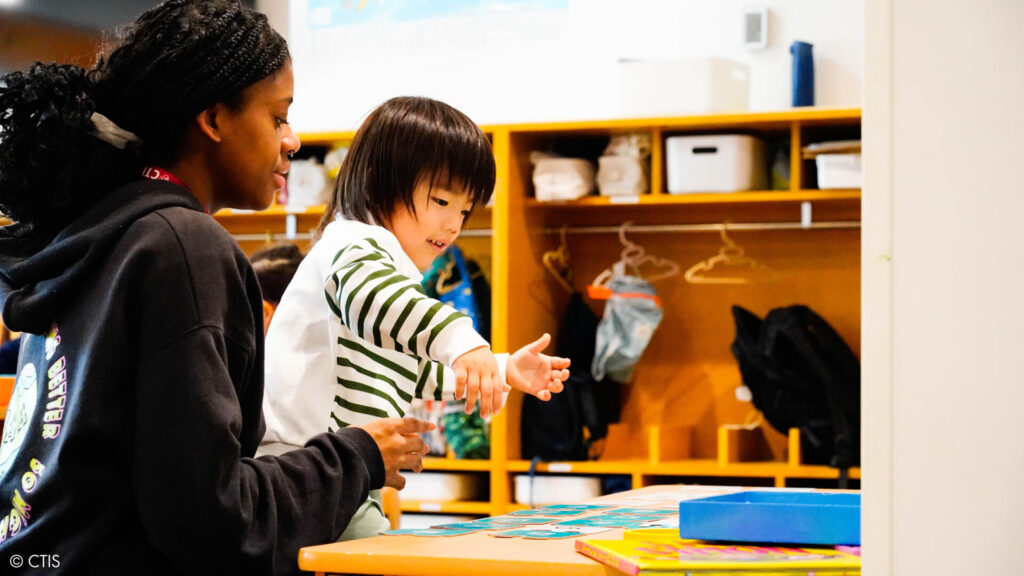Where Should You Start with English Education?

“I’m not sure where to start with English.”
“Phonics? Picture books? It all seems complicated…”
You’ve probably heard comments like these before.
Many educational services and schools often emphasize points like “listening input comes first” or “phonics—connecting letters and sounds—is effective.”
You don’t have to aim for perfection from the start. What matters most is consistency and enjoyment.
Spending a short time each day, smiling and learning together as a parent and child, helps children discover that “English is fun!”
Here are some simple habits you can start today.
6 Fun Parent-Child English Habits You Can Start Today
1. Morning greetings in English
Make “Good morning!” part of your daily routine—it’ll soon come naturally.
2. One short phrase after coming home
Just asking, “What did you do today?” can turn small conversations into a daily habit.
3. One page of a picture book before bed
Reading key words aloud helps children learn naturally while having fun.
4. Use English for real-life tasks (Task-Based Learning)
Try activities like “Make a shopping list in English” or “Play ordering snacks in English.”
When English is used for a purpose, learning happens faster.
5. Record achievements (Make progress visible)
Once a week, write one thing your child did in English and post it somewhere visible.
This sense of achievement keeps motivation going.
6. Encourage learning through gentle correction (Recasting)
Instead of correcting mistakes immediately, repeat the phrase naturally just once.
This helps children notice and learn the correct form on their own.
English Learning at CTIS
At CTIS Kindergarten Shibuya, children are immersed in an environment where English is a natural part of everyday life.
Most daily activities are conducted in English, and greetings and playtime naturally include English communication.
Songs, picture books, and art projects are also part of daily routines, creating joyful opportunities for children to engage with the language.
English isn’t something special—it’s built through small, consistent steps every day.
Why not start creating English-learning habits that bring smiles to both you and your child?
Let’s begin your fun English-learning journey today!
References
・https://shimajiro.benesse.ne.jp/mfe/
・https://note.com/childcare0109/n/n059a0c5d01c7
・https://note.com/hara_english0116/n/nac5b547eb9ed
・https://benesse.jp/contents/english/20230330-1.html
・https://www.benesse-i-career.co.jp/news/20240404_1release.pdf
・https://www.gakushuin.ac.jp/univ/let/top/publication/JI_33/JI_33_004.pdf
・https://www.eccjr.co.jp/column/english/2022/0401-01.html
・https://www.gakken.co.jp/homestudy/english/2023/07/post-45.html
・https://www.alc.co.jp/kiddycat/column/2022/06/post-210.html
